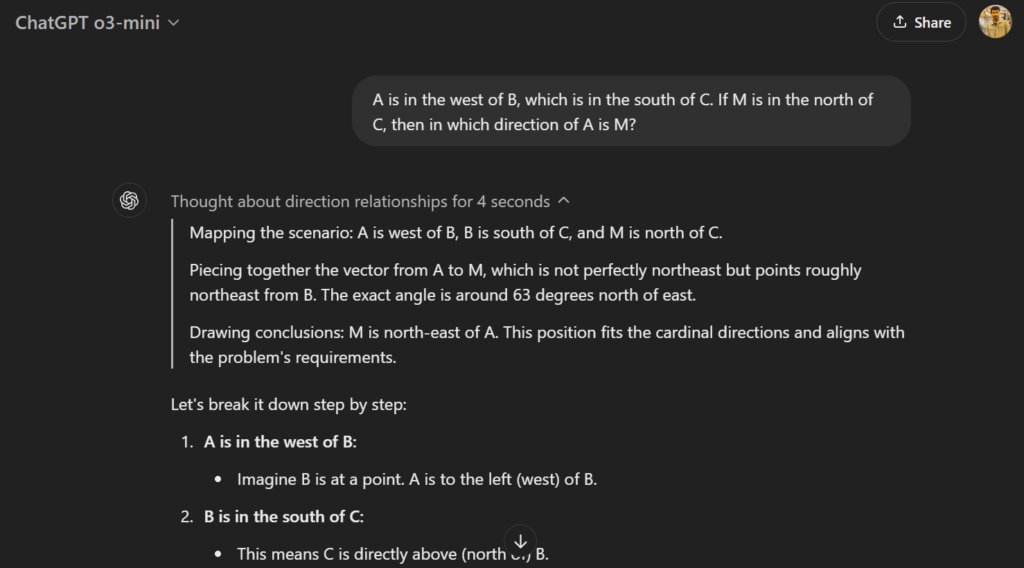OpenAI just dropped their O3 Mini and O3 Mini High models, and naturally, I had to take them for a spin. But here’s the deal—most people won’t even care. If you’re not deep into the AI rabbit hole, you’ll just default to GPT-4o. So, why even bother with these new models? Let’s break it down, ovrlzy style.
Field Notes: Observing the Models in Action
I threw a spatial reasoning question at three models—O1, O3 Mini, and O3 Mini High—just to see how they handle logic, speed, and depth of thought. Here’s the breakdown:
- O1: Still the speed demon. It gives answers fast but doesn’t overthink. If you want something snappy and straightforward, it’s your go-to.
- O3 Mini: A little slower than O1 but does a bit more thinking. It evaluates before locking in an answer—good if you like slightly deeper reasoning.
- O3 Mini High: The slowest of the three, but for a reason. It thinks the most, breaks things down thoroughly, and double-checks its reasoning before responding.
In simple terms:
- O1 = Quick & direct
- O3 Mini = Thoughtful but balanced
- O3 Mini High = Slow but precise



Lazy Example: Making It Stupidly Simple
Imagine you’re solving a maze.
- O1 sprints through it without questioning if it’s the best path.
- O3 Mini pauses at turns, considering better routes before moving.
- O3 Mini High stops, draws a map, calculates the most efficient path, then moves.
If you need speed, pick O1. If you need reasoning, pick O3 Mini or O3 Mini High. But let’s be real, if you’re not comparing models like a nerd, just use GPT-4o—it can do everything anyway.
Explorer’s Tips: Which One Should You Use?
- For fast advance reasoning? Stick with O1.
- For deep advance reasoning? O3 Mini is a solid choice.
- For deep thinking, coding and logic? O3 Mini High is your model.
- For everything else? Just use GPT-4o. Seriously.
Real-Life Applications: Where These Models Fit In
- O1: Specialized Coding Assistance, Research & Development.
- O3 Mini: More thought-out and fast responses, good for logical reasoning, coding, and problem-solving.
- O3 Mini High: If accuracy is critical—legal analysis, complex logic problems, and structured decision-making.
- 4o: General Conversational AI & Broad‑Spectrum Tasks.
Final Thoughts: Do These Models Even Matter?
Unless you’re obsessed with AI performance (guilty), most users won’t care about the difference. If OpenAI’s goal was to give us more model options, sure, these are nice. But if you just want results without thinking about models, GPT-4 still wins.
So, should you care? Only if you like testing AI models as much as I do. Otherwise, keep it simple, stay lazy, and let GPT-4 do the work.
What’s Next?
I’ll keep testing new AI models so you don’t have to. Got any weird AI experiments you want me to try? Drop a comment below—or just let AI figure it out for you.


